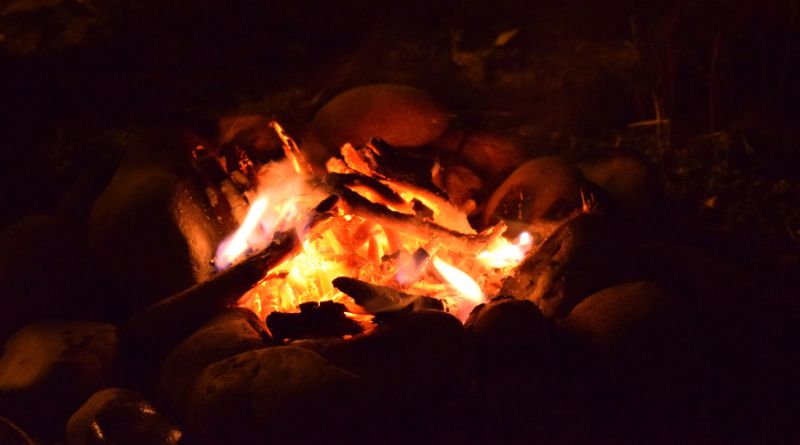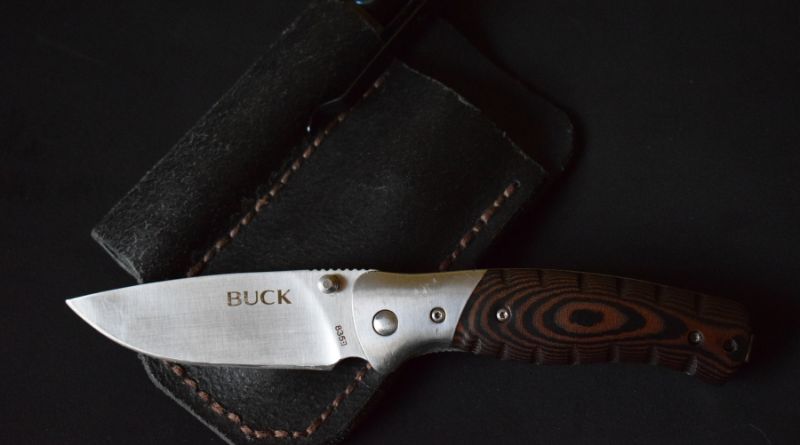11 Tips to Surviving in the Outdoors
11 Tips to Surviving in the outdoors. Fairly easy things that you can do to improve your odds of staying alive. Things everyone can do. Imagine this scenario. You find yourself having to survive in the outdoors. This isn’t a camping trip that you planned, this is a situation that you have not chosen for yourself. Panic sets in. You immediately think to yourself. “OMG, what am I going to do, what am i going to eat, or drink, I am going to die of hunger and thirst”.
You start thinking about hunting for some food, it is the outdoors after all. And there must be animals around you can hunt to eat. But as night sets in and it starts to rain, you get drenched. With no shelter in sight, the temperature drops and as you slowly die of exposure. You realize a little too late that you should have prioritized your survival needs. The 11 tips of surviving in the outdoors prioritizes what needs to be done first following The Rule of Threes and than expanding onwards to other tips.
The Rule of Three
Three minutes without air or submerged in icy cold water
Three hours in a harsh environment without shelter
Three days without drinkable water
Three weeks without food
and some say three months without hope.
The Rule of Threes is a generalization, and while not 100% accurate. They are used as a guideline for a person in a survival situation to prioritize what needs should be addressed first. In a survival situation, numerous variables will affect the rule of three. But as a guideline, it is a solid foundation to work with.
Survival Tips
Stay Calm
Panic leads to bad decisions, bad decisions lead to mistakes, and mistakes lead to catastrophe. Which could potentially lead to injury or death. Stay calm, take a breath, and plan your next step. Take inventory of all the tools and resources you have.
Think of the rule of three, and start working on what needs to be done. If you already have a shelter, then source drinking water. If you have a shelter and water, then your priority is food. Do NOT give up, do NOT give in. do NOT panic.
Survival Shelters
Build a shelter suited to your environment. If your environment is cold or likely to get cold, insulate your shelter, with branches, leaves, moss, etc.
If your environment is hot and you need shelter from the heat. Create a shady shelter that will protect you from the rain but will allow cool air to blow through.
Keep in mind, that an emergency shelter does not need to be large. Often a smaller shelter is easier to build and requires less energy. Smaller shelters are more practical and do the job well enough to satisfy short-term needs.
Drinking Water in a Survival Situation
All water sourced from the outdoors MUST be treated in some form or other to make it pottable, this includes ice and snow. If you are fortunate enough to have a survival water filter (Lifestraw / Sawyer Mini Filter / Katadyn Filter), or some water purification tablets (Aquatabs / Katadyn Micropur), then by all means use those.
However, if you do not have any of those resources available, then the water found MUST be boiled. The EPA (United States Environment Protection Agency) recommends “Bring water to a rolling boil for at least one minute. At altitudes above 5,000 feet (1,000 meters), boil water for three minutes.“
Drinking-Water in the Outdoors.
Don’t complicate things, first look for drinking water in obvious places, such as rivers or streams, then examine your surroundings and look for rocky outcroppings where water may have accumulated, other options are solar sills, plant sills, digging for water, collecting dew (by using a cloth to soak it up).
Food in an Outdoor Survival Scenario
Unless you are an experienced hunter in an area where game is readily available, hunting is one of the least effective ways of sourcing food. Foraging, fishing, and trapping are all much more efficient. Now is a good time to learn how to forage, fish, and trap. Learning how to hunt would be the last on my list.
Building a Fire in the Outdoors
Starting a fire without fire-creating devices is not as easy as it looks on YouTube. Starting a friction fire (bow drill method) or using a spark based method (flint and steel) takes skill and practice, and practice and practice.. did I mention practice?
Either start practicing primitive fire starting methods now or always carry a couple of fire creating tools, Bic lighters, Waterproof matches, Ferrocerium rods, Magnesium bars with attached Ferro rods. All of these are good fire starting options.

Fire Tip
Before starting your fire, collect all the kindling and wood you need, now double or triple it, fires burn much more wood than most people think.
Walking Stick
Find a walking stick that is about 1 foot longer than you are tall. This stick has multiple uses, from helping you balance while walking, brushing aside grass and shrubs so you can see if there are dangers there(eg: snakes, holes in the ground, etc), to being used as a spear. A long walking stick comes in really handy in the outdoors.
Ifak, Boo Boo Kit, or First Aid kit
Many survival situations start with a failed form of transportation, shipwreck, downed airplane, car breakdown, bus breakdown, bugging out, etc. Most, if not all commercial/private forms of transportation have a first aid kit on board. If it is possible without endangering yourself, get to the aforementioned First Aid Kit and add it to your list of resources. Medicine and first aid supplies are some of the hardest things to fabricate in the outdoors. If bugging out, always carry some form of an IFak or First Aid in your bugout bag.

The MOST Useful Tool in Outdoors Survival Is A Knife
This tip requires you ‘the reader’ to find out your local knife laws, once you have established the knife laws in your jurisdiction, buy a knife that adheres to those laws. In my opinion, a knife is the most useful tool that you can have with you, with a good knife you can make a shelter, carve out utensils, bowls, cups, process game, and create a bow drill, friction boards, etc. The uses of a good knife are only limited by your skill.
Now finding the right knife for you is very much a personal thing, like getting the perfect pair of boots.
For many years, the Buck 119 was my knife of choice, then I got an Esee and danged if that little thing wasn’t my new favorite. If you want some good options have a peek HERE

Carry An Emergency Blanket In Your Pocket
An emergency blanket is relatively tiny and could save your life, inexpensive, compact, and very useful.
I highly recommend always having a Mylar space blanket and some paracord with you at all times. With just an emergency blanket and some paracord, in an emergency, you can create a shelter, use it as a sleeping bag, protect yourself from the cold, rain or heat. Depending on the configuration.
It won’t be comfortable, it won’t last long, but it will offer you some protection from the elements.
Learn Basic Navigation
Having a basic knowledge of navigation is essential. Learn simple navigation techniques such as where the sun rises and sets (rises in the east, sets in the west), and how to use primitive navigation methods to get a general northerly direction. A compass would be great, but if you are ever without a compass, there are methods of navigating without a compass, learn them as these are invaluable skills to know.
Knot to be Taken Lightly
Knots are an essential outdoor survival skill, now we all know how to tie our shoelaces and probably a couple of other simple knots. Learning a couple of extra knots such as the Bowline, Alpine butterfly, figure 8, half hitch, and truckers knot, for example, will make life a lot easier. knots come in handy for a multitude of uses, everything from setting up shelters to fishing or lashing down gear.
Improve Your Odds of Surviving in the Outdoors
To greatly improve your odds of surviving in the outdoors, you have to take the first step. Which is the acquisition of knowledge. Which you are doing right now… so go onto the second step which is putting into practice what you learned.